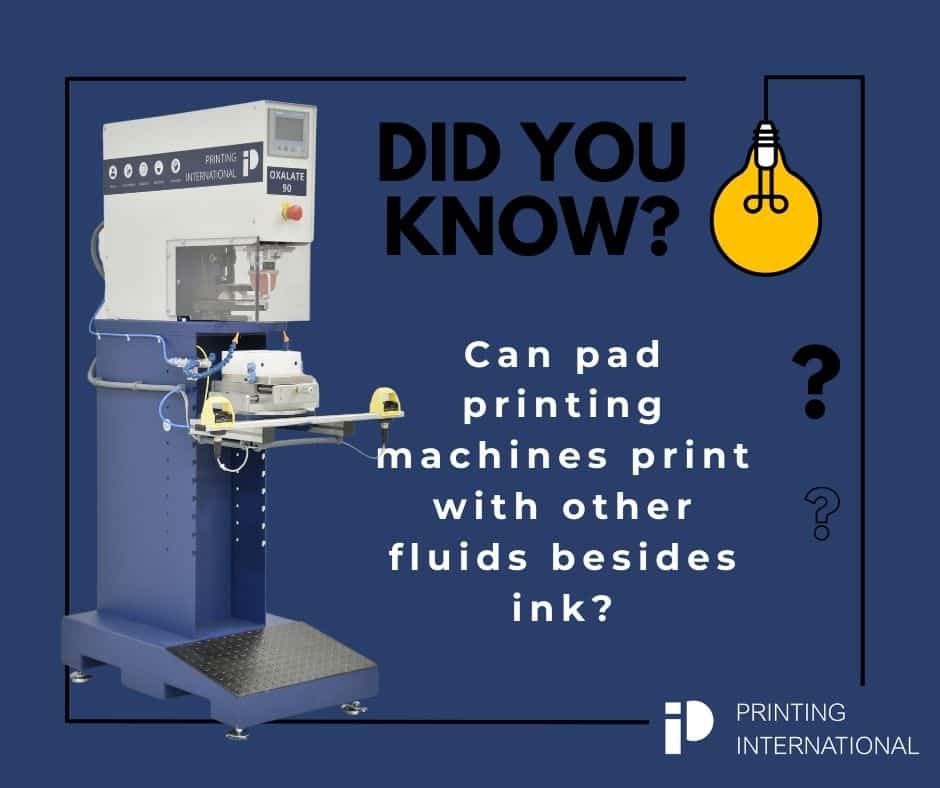Can pad printing machines print with other fluids besides ink?
Indeed, pad printing has a versatile range of applications beyond ink markings. It can effectively transfer various substances such as conductive materials, lubricants, solder paste, wax, adhesive coatings, biomedical chemicals, and many others. The pad printer remains indifferent to the specific media being transferred as long as it fulfills a set of fundamental requirements:
- The viscosity should resemble that of pad printing inks.
- The material should exhibit cohesion, maintaining its shape without beading up when lifted from the plate.
- The material should possess reasonable homogeneity, avoiding separation or precipitation.
- The material should transfer onto the pad rather than adhering to the printing plate.
- The material should adhere better to the target object (substrate) than to the printing pad.
- The material should not cause corrosion or damage to the printing plate, pad, or machine components.
We acknowledge that achieving these requirements is not an easy task. Printing specialty fluids necessitates extensive testing and validation. However, with proper effort and experimentation, it can often be accomplished.
Get in touch with our experts to help you with your most challenging projects.





